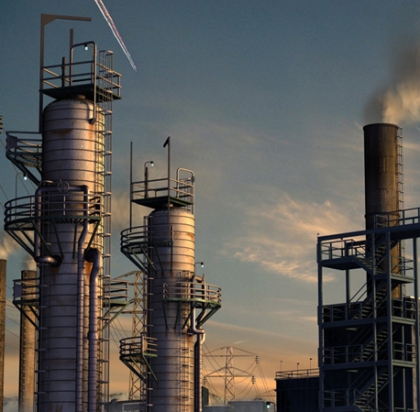The production version of the highly anticipated Chevrolet Camaro won't be officially revealed for some time yet but, in a highly unusual move, GM won't hide the car from prying spy photographers during test drives anymore.
Magazines and car enthusiasts pay top dollar for "spy shots" of early pre-production cars, which are usually covered in black cloth and stripes of tape to try to hide their appearance, as the cars undergo testing on public roads.
In fact, several companies now specialize in selling these pictures, while car companies do their best - or at least claim to do their best - to keep their future products under wraps.
"It's really a cat-and-mouse game between spy photographers and car companies that benefits everybody," said John Neff, editor of Autoblog.com, a Website that posted several Camaro spy photos. (Autoblog.com, like CNNMoney.com, is a Time Warner property.)
Starting now, however, the Chevrolet Camaro isn't playing coy. Want to take a shot? Go for it, GM (GM, Fortune 500) says. When Camaro prototypes go out on public roads for testing they'll be totally naked.
"During this upcoming year, pre-production Camaros will appear both on U.S. and Australian roads as we continue with testing and development," Chevrolet general manager Ed Peper wrote in a post on GM's FastLane blog. "So keep those camera phones ready - if you happen to see one, we'd like to hear about it, so please post a comment and include your 'spy photo!'"
Engineering and development for GM's new rear-wheel-drive cars is taking place in Australia. That's because rear-wheel-drive cars are more common there, making GM's Australian engineers the company's rear-wheel-drive experts.
The FastLane post was accompanied by a "spy photo" GM says was taken by one of the company's engineers.
The main reason for removing the camouflage, according to Peper's post, was to facilitate tests for aerodynamics and cooling efficiency.
But even high-performance cars like the Corvette ZR1, for which aerodynamics and cooling would be especially important, are covered up during public testing. That's made some people skeptical that this is the real reason for the decision. Certainly the move would help juice publicity for the car.
In the case of the Camaro, there wasn't really much of a secret to protect, though. The company has said the production car would closely resemble concept versions that have been seen at car shows and in the movie "The Transformers."
Some executive wondered: "Why are we camouflaging something that's so close to the coupe and convertible that are already on the auto show circuit?" said Chevrolet spokesman Terry Rhadigan.
Even so, there has been a lot of interest in spy photos of the car. On the morning that GM's decision was announced, Autoblog.com posted images of a test Camaro on a parked transport truck. The images included detailed shots of the car's interior and the inside of an open door.
Seeing the potential for damage or injuries as photographers try to get close to the cars, GM may have decided that "at this point everybody is safer just taking off the camouflage," said Brenda Priddy, a professional automotive spy photographer.
Priddy, who has spent 15 years taking spy photos of cars, did not take the pictures posted on Autoblog.com. For her part, she said, she would never actually touch or reach into a car, which is a car company's private property, to get a shot.
A representative for the company that distributed the photos of the test Camaro's interior did not immediately respond to questions about how the photos were obtained.
The decision announced Thursday was made weeks ago, said GM's Rhadigan. It was not made in response to those specific photos, he said.
"This was not by any means a knee-jerk reaction to something we saw on the Internet," Rhadigan said.
Besides, said spy shooter Priddy, why should GM let people like her profit from all the interest in GM's car?
(source money.cnn.com)





